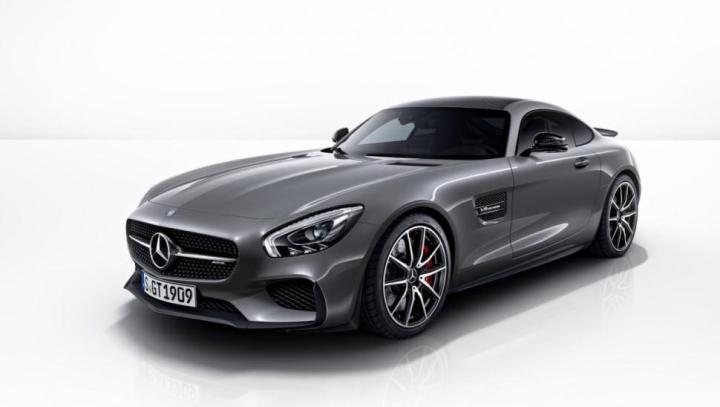
Unfortunately, there’s no news on an AMG GT Black Series yet, but Mercedes has officially announced a hardcore GT3 racing version of its biturbo-powered beast.
The German brand is staying tight-lipped on details at the moment, but GT3 regulations typically state that cars must have a weight between 2645 pounds and 2866 lbs, with outputs ranging between 500 horsepower and 600 hp. GT3 vehicles also typically have traction control, ABS, and a prominent rear wing.
The Mercedes-AMG GT3 will launch in 2016, and serve as the successor to the SLS AMG GT3 that has been in competition since 2011. For reference, the SLS AMG GT3 equipped a six-speed sequential transmission, an integrated multi-disc locking differential, a steel braking system, a high-strength carbon fiber safety shell, and an optimized fire extinguishing unit.
In the 2014 race season, the SLS garnered 34 overall victories, with six titles won in championships like the Australian GT. It also racked up two victories in endurance races, 52 class triumphs, and 101 podium finishes overall.
In case you were living under a rock last September, the AMG GT (pictured) will equip a hand-built 4.0-liter V8 when it launches next spring. The engine uses two turbos to produce 503 horsepower and 479 pound-feet of torque, which propels the car to 60 mph in just 3.7 seconds. It’s also around 200 lbs lighter than its SLS predecessor, coming in under the 3,527-lb mark.
According to Mercedes, the AMG GT3 will begin an “intense testing and development period” sometime in 2015.


